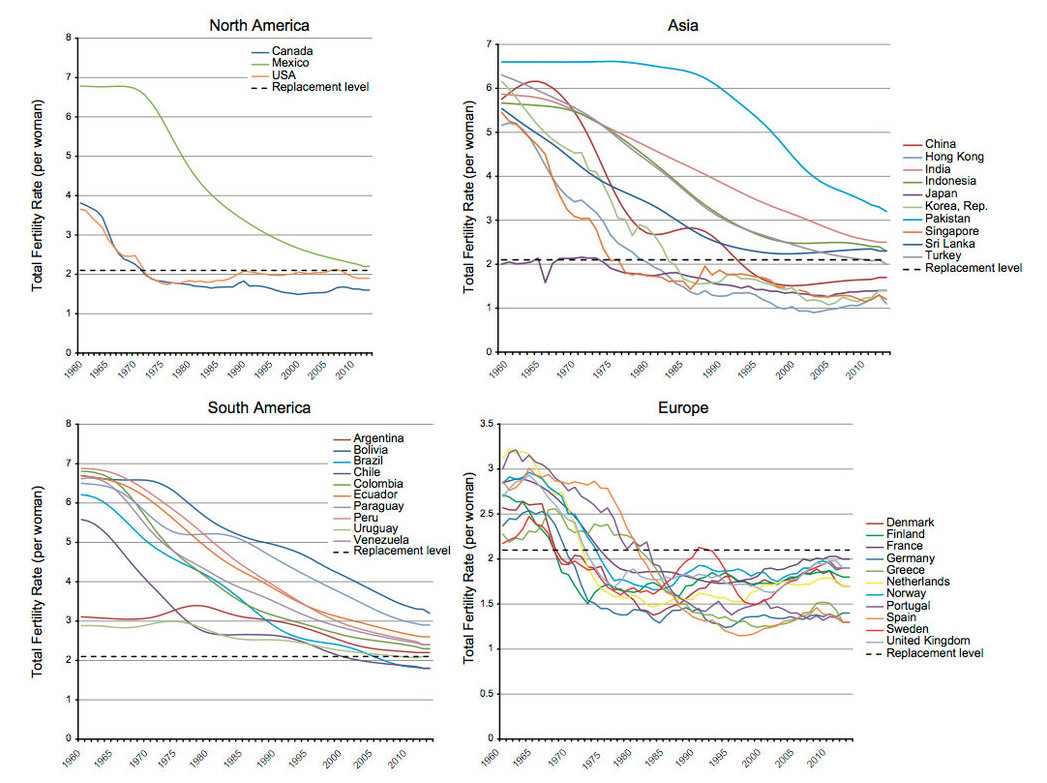Let’s be clear about one thing, this study showing a drastic 50% reduction in male sperm count wasn’t just a singular study. Dr. Shanna Swan and a team of scientists surveyed thousands of the best scientific research from 1973-2011, and they were seeking to find out what was happening to men’s sperm counts over the years. What they found should be a wakeup call to everyone.
Given the nature of my work (environmental health) I’m careful not to overhype science or use alarming headlines like “Your Shampoo Is Going to Give You Cancer”. This type of yellow journalism is harmful to the credible scientific research that is trying to seek answers to today’s modern health trends. But in this instance, there is cause for alarm. The research of Dr. Swan et al not only showed a 50% reduction of sperm counts in men, there was no sign that this trend was slowing down.
Summary of research findings:
- A team of international expert scientists reviewed thousands of studies over a 40+ year span
- They studies sperm concentration (ie sperm count) trends from over 49,000 men
- They found that sperm concentrations declined 52.4% in men from North America, New Zealand, Europe and Australia
Here is a graph from the New York Times:

So what’s to blame for this trend? The research paper didn’t have a definitive answer, as these types of trends are generally caused by many factors and involve a complex web of environmental and genetic sources. The researchers referenced existing peer reviewed research that show sperm decreases can be linked to cigarette smoke, excessive drinking or drug use, stress and chemicals used in consumer products.
Here is what we do know about environmental exposures (things we can mostly control) that are linked to decreased sperm counts. It should go without saying that you should always speak with your doctor about treating fertility related issues and potential “causes”. And please do not take this as gospel. This information has been compiled from leading public health organizations, scientists and environmental organizations (sources listed below).
Environmental Chemicals That May Be Linked to Decreased Sperm Count and Mobility:
- Phthalates
- Found in personal care products, cologne, after shave, dairy products
- TIP: Choose safer personal care products formulated without phthalates or undisclosed fragrance
- Heavy Metals & Flame Retardants
- Found in old household paint and industrial work places (lead) and furniture (flame retardants). We are primarily exposed to these chemicals through household dust.
- TIP: Dust your home frequently, invest in a HEPA filter for your vaccum and choose NASA approved household plants that filter household dust
- Radiation (and potentially cell phone radiation)
- As the Environmental Working Group points out, the science on links to decreased sperm count and cell phone radiation is still controversial, but there are several studies show a link to decreased mobility and damaging DNA.
- TIP: Avoid unnecessary radiation exposure through x-rays etc. And better to be safe than sorry, and avoid carrying your phone in front pocket
- Cigarettes, excessive drinking or drug use
- Stress
- Try taking a 30 day deep breathing challenge (it’s not as challenging as jumping straight into a meditation practice!)
- Pesticides
- Studies have shown a decreased fertility in farmworkers.
- TIP: Purchase organic fresh fruits and vegetables when possible. On a budget? Always prioritize buying these 14 fruits and veggies organic!
Never miss a post and join my mailing list.



